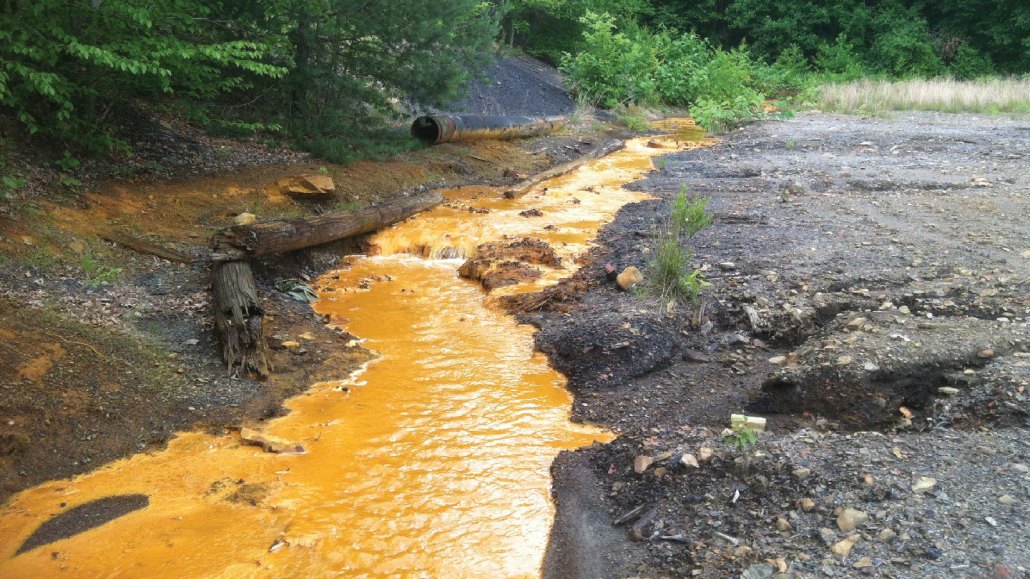Rare earth elements could be pulled from coal waste
The scheme would provide valuable metals and help clean up coal mining’s dirty legacy

Coal mining can pollute nearby waterways, creating acidic water rich in heavy metals. Researchers are looking to tap such acid mine drainage (like that shown in western Pennsylvania) for rare earth elements.
NATHANIEL WARNER/NSF







